World Wide Fund for Nature (WWF): Championing Conservation and Biodiversity
The World Wide Fund for Nature (WWF) stands as a beacon in the realm of environmental conservation and biodiversity protection.
As one of the world’s leading conservation organizations, WWF has played a pivotal role in safeguarding the planet’s most precious ecosystems and species.
The Legacy of WWF

Founded in 1961, WWF has consistently worked towards its mission to build a future where humans live in harmony with nature.
With its iconic panda logo symbolizing the diverse wildlife the organization aims to protect, WWF operates in over 100 countries, partnering with communities, governments, and businesses to address pressing environmental challenges.
WWF’s Impactful Initiatives
From the dense rainforests of the Amazon to the icy expanses of the Arctic, WWF has launched numerous initiatives to combat deforestation, advocate for sustainable fishing practices, and promote renewable energy solutions.
Through its collaborative efforts, the organization has not only conserved endangered species but also empowered local communities to adopt sustainable livelihoods.
Key Achievements and Collaborations
Over the decades, WWF’s endeavors have yielded remarkable results:
- The establishment of protected areas spanning millions of hectares.
- Collaborative efforts with corporations to adopt sustainable business practices.
- Pioneering research on climate change impacts and solutions.
Joining Hands for a Sustainable Future
With challenges like climate change, habitat loss, and illegal wildlife trade intensifying, the role of organizations like WWF becomes ever more crucial.
By supporting WWF’s initiatives, individuals and businesses can contribute to a more sustainable and resilient future for all.
The World Wide Fund for Nature (WWF) continues to be a beacon of hope, inspiring millions to take action and ensure a harmonious coexistence between humans and the natural world.
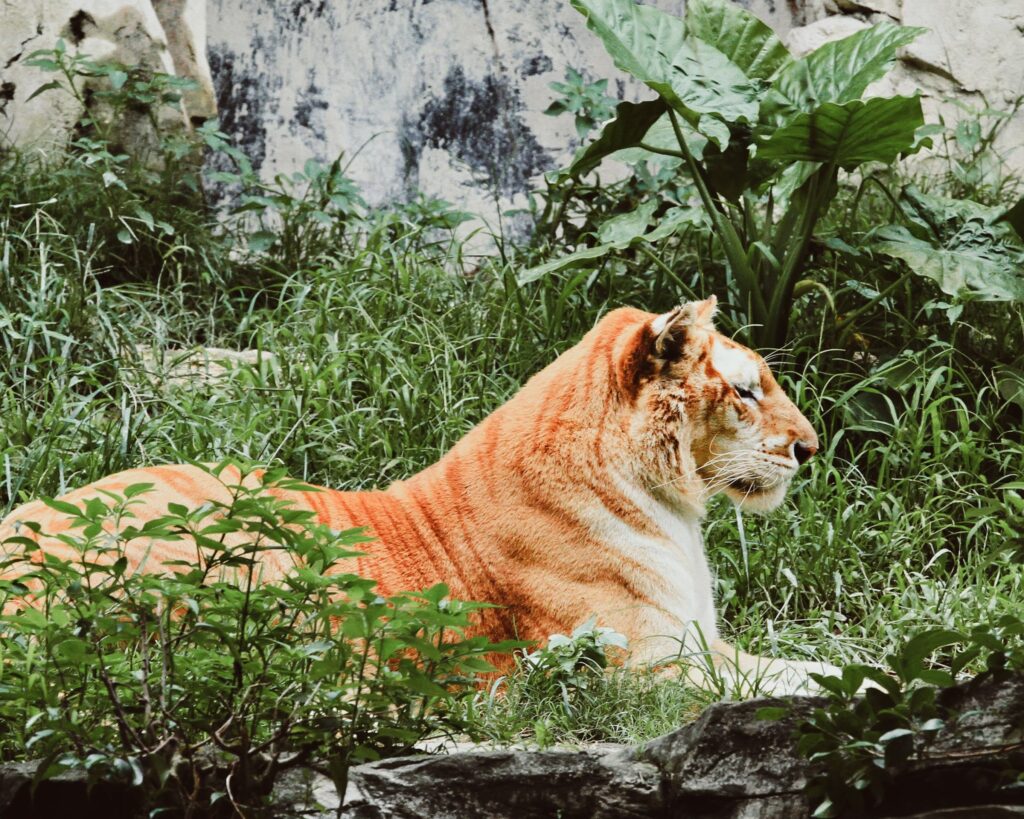
The Inception of World Wide Fund for Nature (WWF)
The World Wide Fund for Nature (WWF), originally known as the World Wildlife Fund, was established on April 29, 1961.
Its creation was the result of a collaboration between a small group of passionate individuals.
Including Sir Julian Huxley, Max Nicholson, and Prince Bernhard of the Netherlands, who recognized the urgent need for an international organization dedicated to the conservation of nature and the protection of endangered species.
Since its inception, WWF has grown to become one of the world’s most prominent conservation organizations.
Operating in numerous countries and working tirelessly to safeguard biodiversity and promote sustainable practices globally.
Countries where World Wide Fund for Nature (WWF) Maintains Significant Presence
The World Wide Fund for Nature (WWF) maintains a significant presence in numerous countries around the globe.
Reflecting its commitment to biodiversity conservation and sustainable development on multiple continents.
While WWF operates in over 100 countries, some nations have particularly prominent and longstanding programs and initiatives led by WWF.
Here are several countries where WWF has a notable presence:
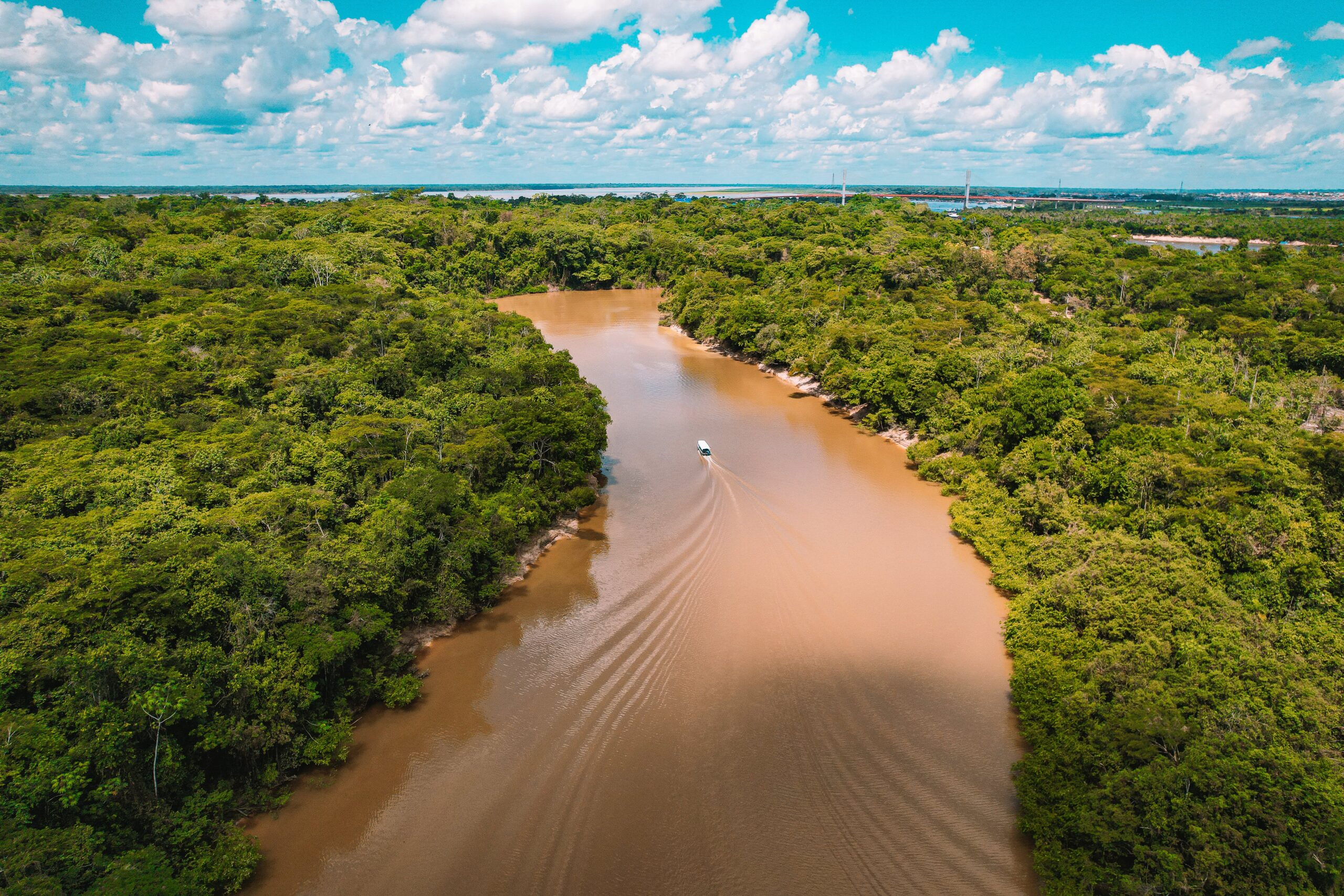
- United States: With its vast landscapes and diverse ecosystems, WWF has been actively involved in conservation efforts across the U.S., focusing on issues such as wildlife protection, sustainable agriculture, and climate change mitigation.
- Brazil: Given the critical importance of the Amazon rainforest, WWF has a strong presence in Brazil, working to combat deforestation, support indigenous communities, and promote sustainable land-use practices.
- India: WWF-India plays a pivotal role in conserving the country’s rich biodiversity, from the Himalayan foothills to the coastal regions, emphasizing the importance of wildlife protection and habitat conservation.
- Kenya: In East Africa, WWF has been instrumental in wildlife conservation initiatives, particularly in protecting iconic species like elephants and rhinos, as well as promoting sustainable tourism and community-based conservation.
- Indonesia: Recognizing the significance of Indonesia’s rainforests and marine ecosystems, WWF has been actively engaged in conservation projects aimed at preserving biodiversity, combating illegal logging, and promoting sustainable fisheries.
- South Africa: With its diverse wildlife and unique ecosystems, South Africa benefits from WWF’s conservation efforts, which encompass wildlife protection, habitat restoration, and sustainable natural resource management.
- Australia: WWF-Australia focuses on conserving the country’s unique wildlife and ecosystems, addressing threats such as habitat destruction, climate change impacts, and unsustainable agricultural practices.
- China: Given its vast territory and biodiversity hotspots, WWF has been working in China to address environmental challenges, including habitat conservation, water resource management, and sustainable urban development.
These are just a few examples, and World Wide Fund for Nature WWF’s influence extends to many other countries, each with its unique conservation priorities and challenges.
Through its global network and collaborative approach, WWF continues to make a significant impact in protecting the planet’s natural heritage and promoting a more sustainable future for all.
10 Major Projects World Wide Fund for Nature (WWF) has Executed since Inception
The World Wide Fund for Nature (WWF) has undertaken numerous significant projects since its inception in 1961.
Each aimed at addressing pressing environmental challenges and promoting sustainable practices worldwide.
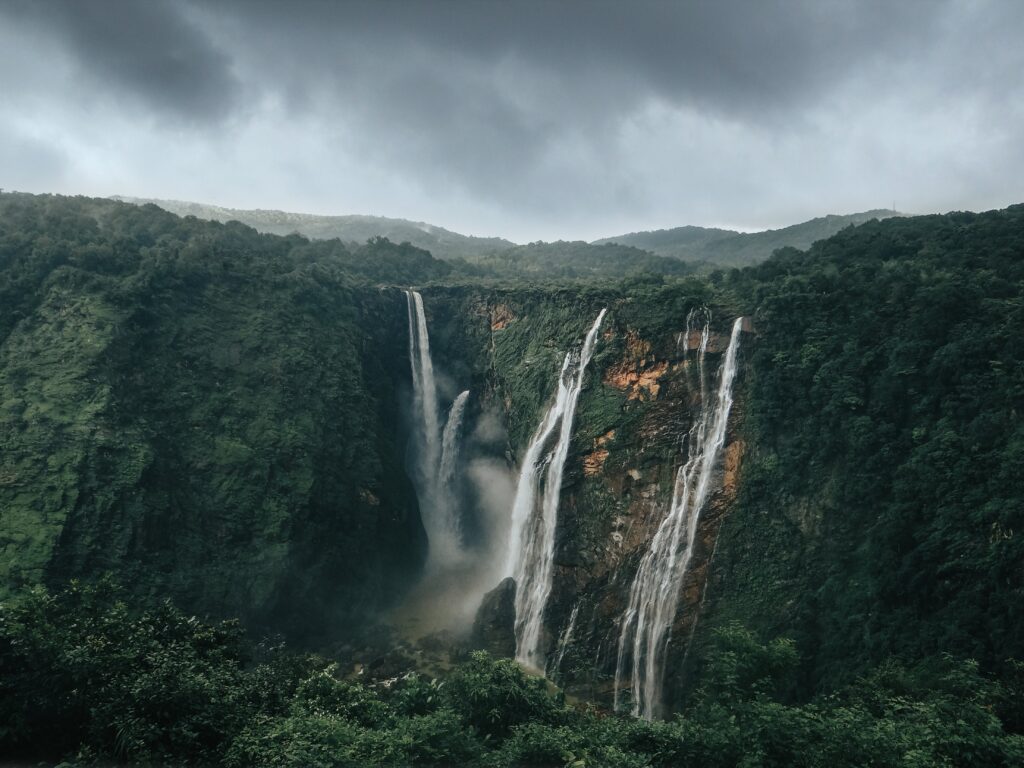
Here are ten major projects that highlight WWF’s commitment to conservation and biodiversity protection:
- Tiger Conservation: WWF’s efforts to conserve wild tigers have included initiatives across various countries, focusing on habitat protection, anti-poaching measures, and community engagement to ensure the survival of this iconic species.
- Panda Conservation: WWF’s work in China, particularly in the Wolong Nature Reserve, has been instrumental in the recovery of giant panda populations, emphasizing habitat restoration and research to support conservation efforts.
- Marine Protection: WWF has launched multiple marine conservation projects, including the establishment of marine protected areas, sustainable fisheries management, and initiatives to combat illegal, unreported, and unregulated fishing globally.
- Freshwater Conservation: Through projects like the Global Freshwater Initiative, WWF has worked to conserve and restore freshwater ecosystems, promote sustainable water management practices, and address water scarcity issues in various regions.
- Forest Conservation: WWF’s forest conservation projects span across tropical rainforests, boreal forests, and other critical ecosystems, focusing on combating deforestation, supporting sustainable forest management, and engaging local communities in conservation efforts.
- Climate Change Mitigation: WWF has been actively involved in advocating for climate action, promoting renewable energy solutions, and supporting initiatives to reduce greenhouse gas emissions, emphasizing the importance of addressing climate change impacts on biodiversity and communities.
- Illegal Wildlife Trade: WWF’s efforts to combat the illegal wildlife trade have included raising awareness, strengthening legislation, and collaborating with law enforcement agencies to disrupt wildlife trafficking networks and protect endangered species.
- Sustainable Agriculture: WWF’s projects in sustainable agriculture aim to promote practices that minimize environmental impact, conserve biodiversity, and support food security, working with farmers, businesses, and policymakers to transform the agricultural sector.
- Conservation Technology: WWF has embraced innovative technologies, such as satellite monitoring and data analytics, to enhance conservation efforts, improve monitoring of wildlife populations, and inform decision-making for habitat protection and management.
- Community-based Conservation: WWF’s community-based conservation projects emphasize engaging local communities in conservation initiatives, supporting sustainable livelihoods, and fostering partnerships that empower communities to play an active role in protecting their natural resources.
These projects represent just a fraction of World Wide Fund for Nature WWF’s extensive work over the years.
Reflecting its multifaceted approach to conservation and its dedication to creating a world where people and nature thrive harmoniously.
Primary Interest of World Wide Fund for Nature (WWF)
The World Wide Fund for Nature (WWF) has a primary interest in both biodiversity and conservation, as these interconnected areas are fundamental to its mission of building a sustainable future where humans live in harmony with nature.
However, when considering the organization’s major focus and overarching goals, conservation emerges as a central theme that encompasses various aspects of biodiversity protection and sustainable development.
Conservation as WWF’s Major Interest:
- Habitat Protection: One of WWF’s primary objectives is the conservation of critical habitats, including forests, oceans, rivers, and other ecosystems that support a diverse array of species. By preserving these habitats, WWF aims to safeguard biodiversity and ensure the long-term survival of endangered and vulnerable species.
- Sustainable Use of Natural Resources: WWF promotes conservation practices that encourage the sustainable use of natural resources, balancing human needs with the preservation of biodiversity. This involves advocating for responsible management of forests, fisheries, water resources, and other natural assets to prevent overexploitation and environmental degradation.
- Climate Change Mitigation: Recognizing the profound impact of climate change on biodiversity and ecosystems, WWF is actively involved in initiatives aimed at reducing greenhouse gas emissions, promoting renewable energy, and supporting adaptation strategies to mitigate the adverse effects of climate change on both wildlife and communities.
- Community Engagement: WWF emphasizes the importance of engaging local communities in conservation efforts, recognizing their vital role as stewards of natural resources. By fostering partnerships and empowering communities, WWF works to develop sustainable livelihoods and promote practices that support conservation objectives while enhancing local well-being.
- Policy Advocacy and Legislation: WWF plays a crucial role in advocating for policies and legislation that advance conservation goals at local, national, and international levels. By influencing decision-makers and promoting effective governance frameworks, WWF aims to create an enabling environment for conservation efforts and ensure the integration of biodiversity considerations into development planning and implementation.
In summary, while World Wide Fund WWF’s work encompasses a broad spectrum of activities related to biodiversity protection, conservation serves as its major interest and overarching focus.
By prioritizing conservation strategies and initiatives, WWF aims to address the root causes of biodiversity loss, promote sustainable practices, and foster a resilient and biodiverse world for future generations.

World Wide Fund for Nature (WWF) Headquarters
The headquarters of the World Wide Fund for Nature (WWF) is located in Gland, Switzerland.
Specifically, WWF International, which serves as the coordinating body for the global network of WWF offices and initiatives, is headquartered in Gland.
This strategic location in Switzerland allows WWF to engage with international organizations, governments, and stakeholders while overseeing its global conservation efforts and promoting collaboration across its network of offices in over 100 countries.
The World Wide Fund for Nature WWF International headquarters in Gland serves as a hub for strategic planning, policy development.
And coordination of conservation programs aimed at addressing pressing environmental challenges and promoting sustainability worldwide.
How investors could cooperate with World Wide Fund for Nature (WWF)
Investors have a vital role to play in supporting environmental conservation and sustainable development efforts.
And collaborating with organizations like the World Wide Fund for Nature (WWF) offers various avenues for engagement.
Here’s how investors can cooperate with WWF and contribute to positive environmental outcomes:
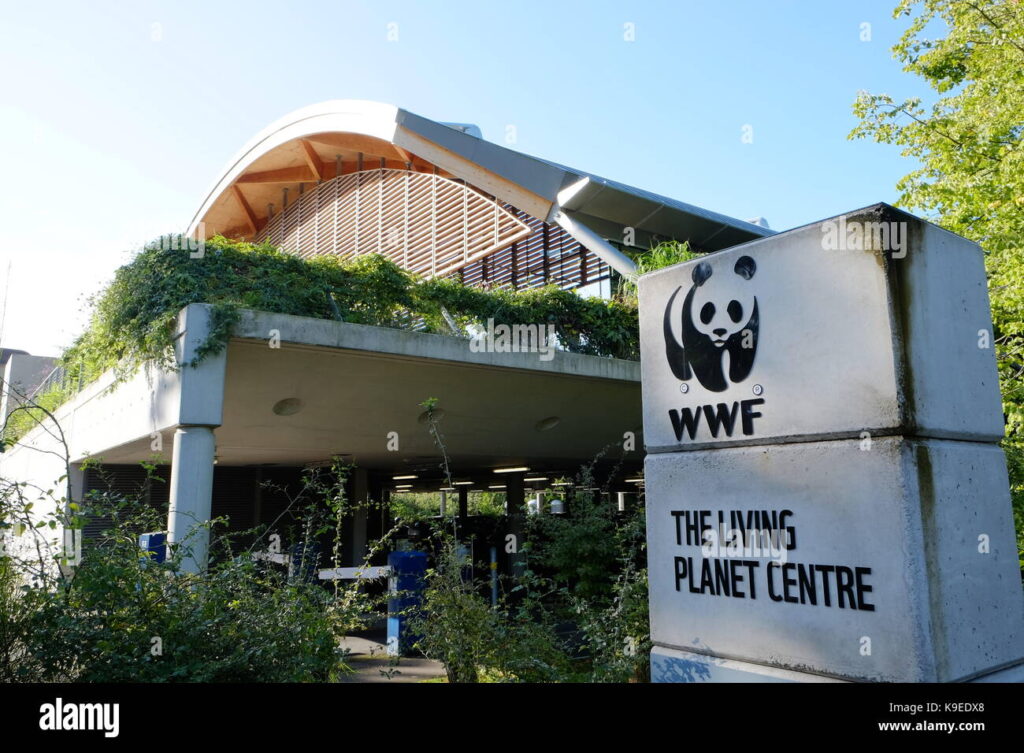
- Eco-friendly Investments: Investors can allocate capital towards environmentally responsible sectors and businesses that adhere to sustainable practices. By prioritizing investments in renewable energy, sustainable agriculture, or conservation-focused enterprises, investors can align their portfolios with WWF’s mission and contribute to positive environmental impact.
- Impact Investing: Impact investing involves deploying capital with the primary goal of generating positive, measurable social and environmental outcomes alongside a financial return. Investors can collaborate with WWF to identify impactful investment opportunities that support biodiversity conservation, climate resilience, and sustainable development initiatives.
- Corporate Partnerships: Investors representing corporations can explore partnership opportunities with WWF to integrate sustainability into business operations, develop responsible supply chains, and implement environmental best practices. By engaging with WWF’s expertise and resources, corporations can enhance their environmental performance and contribute to broader conservation goals.
- Philanthropic Support: Investors interested in philanthropic endeavors can contribute to WWF’s conservation programs, projects, and initiatives through donations, grants, or endowments. By providing financial support, investors can directly contribute to biodiversity protection, habitat conservation, and community-based conservation efforts led by WWF.
- Collaborative Initiatives: Investors can engage in collaborative initiatives, forums, or platforms facilitated by WWF to exchange knowledge, share best practices, and collaborate on innovative solutions to environmental challenges. By fostering collaboration among investors, businesses, governments, and civil society organizations, WWF can amplify the impact of collective efforts and drive systemic change towards sustainability.
- Stewardship and Advocacy: Investors can advocate for environmental stewardship, responsible investment practices, and policy reforms that align with WWF’s conservation objectives. By leveraging their influence, networks, and resources, investors can support advocacy efforts aimed at promoting sustainable finance, strengthening environmental regulations, and advancing conservation policy agendas.
- Education and Awareness: Investors can support WWF’s educational initiatives, awareness campaigns, and capacity-building programs aimed at fostering environmental literacy, promoting sustainable behavior, and empowering communities to engage in conservation efforts. By investing in education and outreach, investors can contribute to building a more informed, engaged, and environmentally conscious society.
In summary, investors have a range of opportunities to cooperate with World Wide Fund for Nature WWF and play an active role in advancing conservation, sustainability, and responsible stewardship of natural resources.
By aligning investment strategies with environmental objectives, fostering collaboration, and supporting WWF’s mission-driven initiatives, investors can contribute to creating a more sustainable and resilient future for people and nature.
The Management Hierarchy of World Wide Fund for Nature (WWF):
The management hierarchy of the World Wide Fund for Nature (WWF) is structured to facilitate effective governance, strategic coordination, and operational management of its global network of offices and initiatives.
While specific titles and roles may vary depending on regional and organizational contexts, the following provides a general overview of the management hierarchy within WWF:
- Board of Directors/Trustees:
- The highest governing body responsible for providing strategic direction, overseeing organizational performance, and ensuring adherence to WWF’s mission and values.
- Comprises individuals with diverse expertise in conservation, business, governance, and other relevant fields, often including representatives from various regions and stakeholder groups.
- President/CEO (Chief Executive Officer):
- The senior executive responsible for overall leadership, management, and representation of WWF International or the respective national/regional office.
- Oversees strategic planning, organizational development, stakeholder engagement, and coordination of WWF’s global network.
- Senior Management Team/Executive Committee:
- A group of senior executives responsible for guiding organizational strategy, coordinating cross-functional initiatives, and managing key organizational functions.
- Typically includes roles such as Chief Operating Officer (COO), Chief Financial Officer (CFO), Chief Conservation Officer (CCO), and other senior leadership positions overseeing specific departments or functional areas.
- Regional Directors/Program Leaders:
- Leaders responsible for overseeing WWF’s conservation programs, initiatives, and operations within specific regions or countries.
- Manage regional teams, collaborate with local partners, and ensure alignment with WWF’s global conservation priorities and strategies.
- Department/Program Managers:
- Managers responsible for leading specific departments, programs, or thematic areas within WWF, such as species conservation, policy advocacy, sustainable development, or communications.
- Oversee project implementation, team management, and stakeholder engagement related to their respective areas of expertise.
- Project Coordinators/Officers:
- Professionals responsible for managing and implementing specific projects, initiatives, or activities aligned with WWF’s conservation objectives.
- Work closely with partners, stakeholders, and communities to achieve project goals, monitor progress, and ensure effective implementation of conservation strategies and interventions.
- Support Staff/Administrative Roles:
- Professionals in various administrative, operational, and support roles, including human resources, finance, communications, IT, and other functional areas essential for WWF’s organizational effectiveness and efficiency.
This hierarchical structure within World Wide Fund WWF is designed to facilitate collaboration, accountability, and effective management of resources and efforts across its global network.
By fostering coordination among different levels of management and ensuring alignment with WWF’s mission and strategic priorities.
The organization strives to maximize its impact and achieve meaningful conservation outcomes worldwide.
The Kind of Projects attracts Funding from World Wide Fund for Nature (WWF):
The World Wide Fund for Nature (WWF) is committed to addressing pressing environmental challenges and promoting sustainable development globally.
When considering projects for funding, WWF typically prioritizes initiatives that align with its conservation objectives.
Demonstrate potential for significant impact, and support the organization’s strategic priorities.
Here are some types of projects that could attract funding from WWF:
- Biodiversity Conservation: Projects focused on the protection and restoration of critical habitats, endangered species, and ecosystems, including marine, freshwater, and terrestrial environments.
- Sustainable Agriculture and Food Systems: Initiatives promoting sustainable farming practices, agroecology, biodiversity-friendly agriculture, and responsible supply chains to enhance food security and reduce environmental impact.
- Climate Change Mitigation and Adaptation: Projects that address climate change impacts, promote renewable energy solutions, support community-based adaptation strategies, and advance climate-resilient development pathways.
- Natural Resource Management: Projects emphasizing sustainable management of forests, fisheries, water resources, and other natural assets to prevent overexploitation, conserve biodiversity, and promote equitable access and benefit-sharing.
- Community-based Conservation and Livelihoods: Initiatives that engage local communities in conservation efforts, support sustainable livelihoods, and foster partnerships for collaborative natural resource management and governance.
- Environmental Education and Capacity Building: Projects aimed at raising awareness, enhancing environmental literacy, and building the capacity of stakeholders, including communities, policymakers, and practitioners, to engage in conservation and sustainable development initiatives.
- Policy Advocacy and Governance: Initiatives that advocate for evidence-based policies, legal reforms, and institutional frameworks to strengthen environmental governance, promote conservation-friendly policies, and ensure effective implementation of environmental laws and regulations.
- Innovative Technology and Solutions: Projects leveraging innovative technologies, data-driven approaches, and digital solutions to enhance conservation effectiveness, monitor biodiversity, and inform decision-making for sustainable development.
- Corporate Engagement and Responsible Business Practices: Initiatives that engage businesses and industries in adopting responsible practices, integrating sustainability into their operations, and supporting conservation initiatives through corporate partnerships, investments, and philanthropy.
- Cross-sectoral Collaboration and Partnerships: Projects that foster collaboration among governments, civil society organizations, academia, and the private sector to address complex environmental challenges, leverage resources, and scale up conservation impact through multi-stakeholder partnerships.
In summary, projects seeking funding from World Wide Fund for Nature WWF should align with the organization’s mission, focus areas, and strategic priorities, demonstrating a clear rationale, potential for impact, and alignment with best practices in conservation and sustainable development.
By targeting initiatives that address critical environmental issues, promote innovative solutions, and engage diverse stakeholders.
World Wide Fund for Nature WWF aims to maximize its funding impact and contribute to creating a more sustainable and resilient future for people and nature.
CONCLUSION
World Wide Fund for Nature (WWF): Championing Conservation and Biodiversity
In a world teetering on the precipice of environmental degradation, the clarion call for conservation and biodiversity preservation has never been more resonant.
At the forefront of this global movement stands the World Wide Fund for Nature (WWF), an indomitable force that has consistently risen to the challenge.
Embodying the spirit of stewardship and resilience in the face of unprecedented ecological challenges.
World Wide Fund for Nature WWF’s legacy is not merely etched in its storied history but is palpably felt in the myriad landscapes it has helped preserve.
The countless species it has shielded from extinction, and the communities it has empowered to become custodians of their natural heritage.
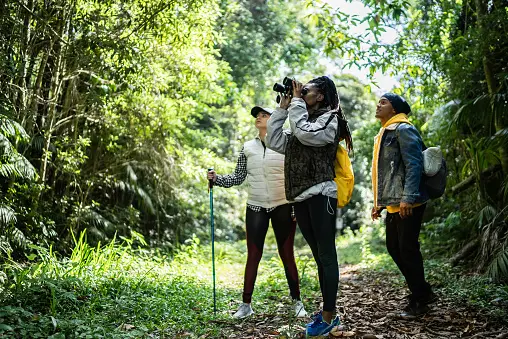
From the majestic rainforests of the Amazon to the pristine coral reefs of the Pacific, WWF’s footprint is indelibly marked by its unwavering commitment to safeguarding Earth’s most precious ecosystems.
The organization’s approach transcends mere conservation; it encapsulates a holistic vision that recognizes the intricate web of life, where every species.
No matter how small, plays a pivotal role in maintaining the delicate balance of our planet’s biodiversity.
Through groundbreaking research, innovative solutions, and collaborative partnerships, World Wide Fund for Nature WWF has catalyzed transformative change, pioneering sustainable practices that harmonize human development with nature’s rhythms.
Yet, the journey is far from over. As we stand at a critical juncture, grappling with escalating threats such as climate change, habitat destruction.
And rampant biodiversity loss, the imperative for collective action has never been more urgent.
WWF’s role as a vanguard of conservation is not just a testament to its past achievements but serves as a beacon guiding us towards a more sustainable, equitable, and harmonious future.
As we reflect upon World Wide Fund for Nature WWF’s enduring legacy, we are reminded of the profound interconnectedness of all life and the shared responsibility we bear to protect and nurture our planet.
It is a clarion call to action, a rallying cry for every individual, community, and nation to join hands in a unified quest to safeguard our natural heritage for future generations.
In conclusion, the World Wide Fund for Nature (WWF) stands as a paragon of hope, resilience, and unwavering dedication to conservation and biodiversity.
Through its visionary leadership, unwavering commitment, and transformative impact, World Wide Fund for Nature WWF has not only shaped the course of conservation history but continues to inspire a global movement, igniting the flames of passion, purpose, and possibility in the hearts of all who cherish our planet’s rich tapestry of life.
Together, let us embrace this noble cause, for in the stewardship of nature lies the true essence of our shared humanity and the promise of a flourishing future for all.

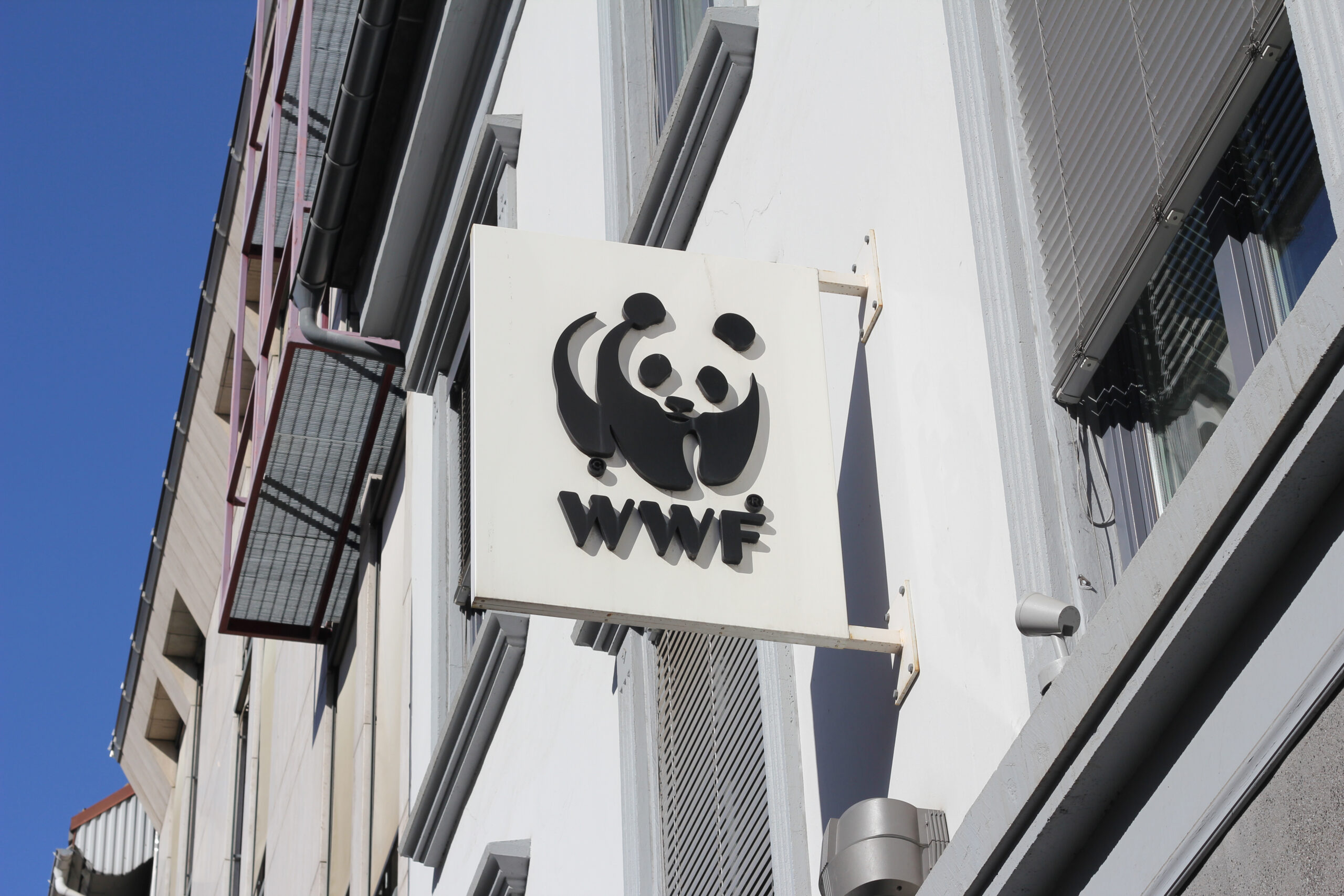


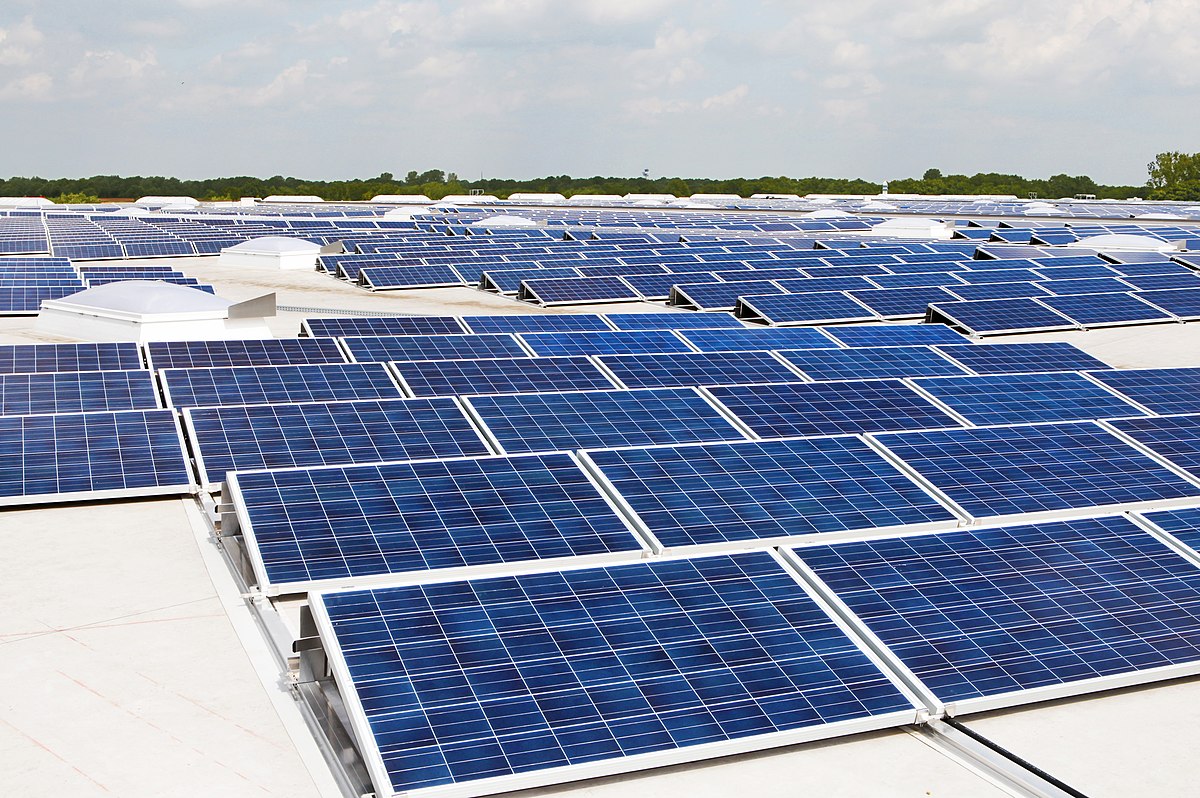
Leave a Reply